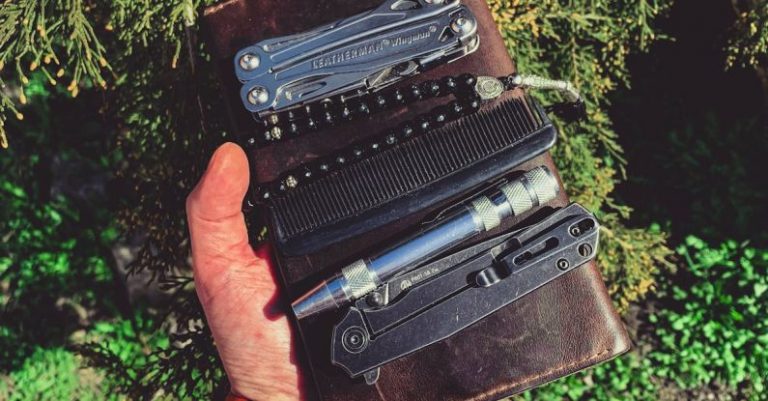How to Choose the Right Sandpaper for Power Sanders?

Achieving a smooth and polished finish on your woodworking projects often depends on the type of sandpaper you use with your power sander. With a wide variety of sandpaper grits and types available, choosing the right one can make a significant difference in the outcome of your project. Understanding the different factors to consider when selecting sandpaper for power sanders can help you achieve professional results effortlessly.
Types of Sandpaper for Power Sanders
When it comes to sanding with power sanders, it’s essential to choose the right type of sandpaper for the job. The most common types of sandpaper for power sanders include aluminum oxide, garnet, silicon carbide, and ceramic. Each type of sandpaper is designed for specific tasks, so it’s crucial to select the appropriate one for your project.
Aluminum oxide sandpaper is the most commonly used type due to its versatility and durability. It is suitable for sanding wood, metal, and plastic, making it a popular choice for many woodworking projects. Garnet sandpaper is ideal for softer materials like wood and is known for its excellent finish. Silicon carbide sandpaper is perfect for sanding harder materials such as metal or glass, thanks to its sharp and durable abrasive particles. Ceramic sandpaper is the most durable and is designed for heavy-duty sanding tasks.
Selecting the Right Grit
The grit of the sandpaper refers to the size of the abrasive particles on its surface. The lower the grit number, the coarser the sandpaper, while higher grit numbers indicate finer sandpaper. Choosing the right grit is crucial for achieving the desired finish on your project.
For rough sanding or removing paint or varnish, coarse grit sandpaper with a grit range of 40 to 60 is ideal. Medium grit sandpaper, ranging from 80 to 120, is suitable for general sanding and preparing surfaces for finishing. Fine grit sandpaper, with a range of 150 to 180, is perfect for smoothing surfaces and removing small imperfections. Extra fine grit sandpaper, from 220 to 400, is used for final finishing and achieving a smooth, polished surface.
Consider the Material
When selecting sandpaper for your power sander, it’s essential to consider the material you will be sanding. Different materials require different types of sandpaper to achieve optimal results. For wood, aluminum oxide or garnet sandpaper is typically recommended, as they are effective at removing material without causing damage. For metal or glass, silicon carbide or ceramic sandpaper is more suitable due to their durability and abrasive properties.
Matching Sandpaper to the Sander
It’s crucial to choose sandpaper that is compatible with your power sander to ensure optimal performance. Different sanders require specific types and sizes of sandpaper to function correctly. Random orbital sanders, for example, work best with hook and loop sandpaper discs, while belt sanders use sanding belts for efficient material removal. Be sure to check the specifications of your power sander to select the right sandpaper for the job.
Storage and Maintenance
To ensure the longevity and effectiveness of your sandpaper, proper storage and maintenance are essential. Store sandpaper in a cool, dry place to prevent it from becoming brittle or clogged with dust. Clean the sandpaper regularly during use to prolong its life and maintain its cutting ability. Additionally, rotating the sandpaper frequently can help prevent uneven wear and ensure a consistent finish on your project.
In conclusion, choosing the right sandpaper for power sanders is crucial for achieving professional results in your woodworking projects. By considering the type of sandpaper, grit size, material, sander compatibility, and proper storage and maintenance, you can effectively select the best sandpaper for your specific needs. With the right sandpaper at your disposal, you can achieve smooth, polished finishes with ease and precision.





